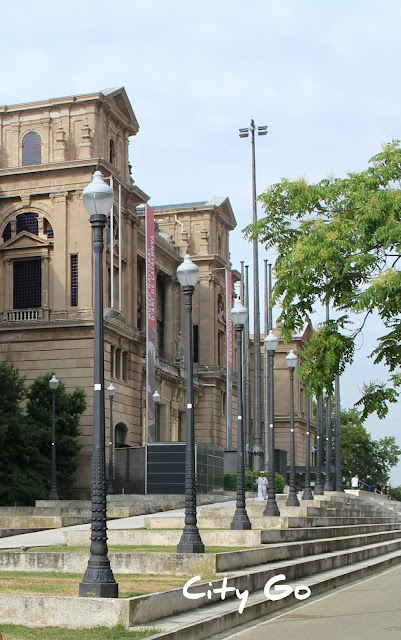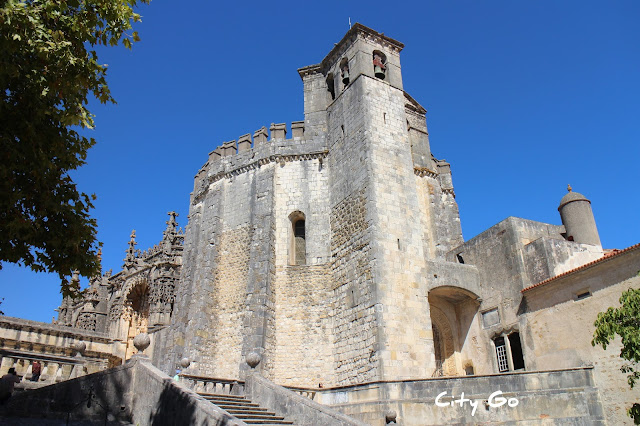Ggantija, Gozo, Malta

The Ggantija temples were built sometime between 3600 and 3200 BC. The word Ggantija derives from the Maltese word for giant as the site was commonly associated with giants, given its proportions. The temples are made of coralline limestone and there's evidence of the internal walls having been plastered and painted over. Remains of animal bone suggest some sort of ritual involving animal sacrifices. The temples are one of the most important archaeological sites in Malta and are in the UNESCO World Heritage list. Opening hours: 9 am to 5 pm (6 pm Apr. to Sep.). Closed on Jan. 1, Good Friday, Dec. 24,25 and 31. Entrance fee: €6 How to get there : You can reach the island of Gozo by ferry ( link here ). From the ferry to Victoria Bus 301 ; from Victoria to Xaghra Bus 307 . Back to Gozo




